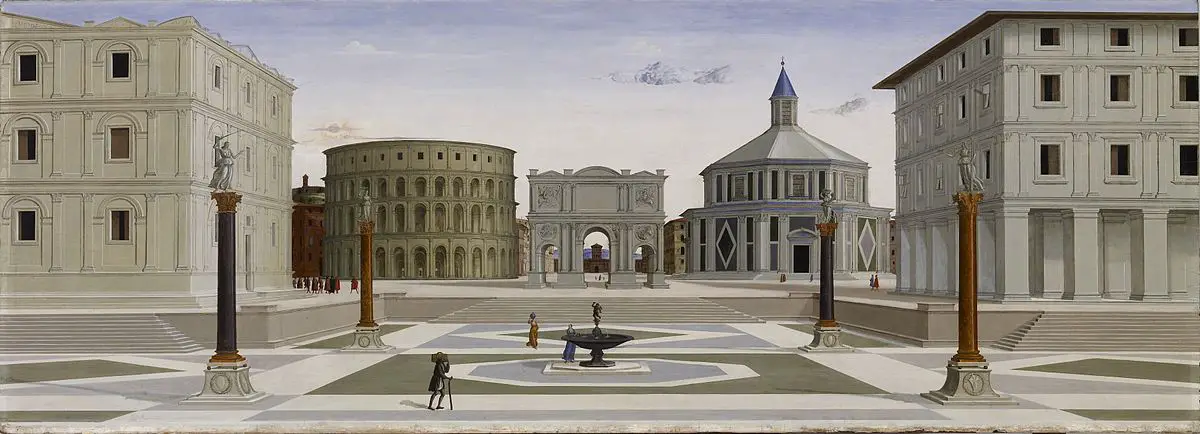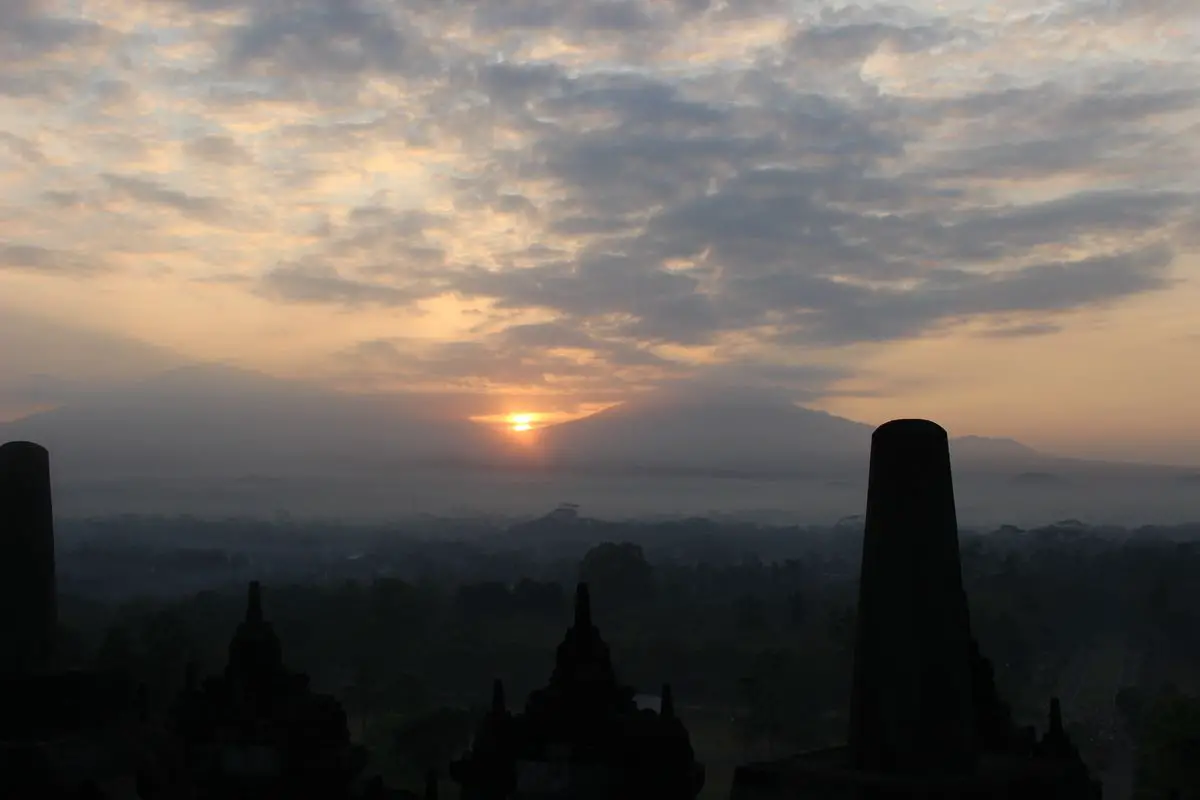Tag: Temple
Around the sacred spatiality
The sacredness of temenos and the suspension of time alone give that order of meaning to the initiates and their living outside the temple itself, directing and decontextualizing them into something super-temporal and not linked to the contingent. Meditations around sacred spatiality: on the divine as center and circumference, the analogy between temple and heart, the symbolism of the sacred mountain and the omega point, the act of building and ordering as an imitatio of.
Borobudur, "imago mundi" and "stone book" of the dharma
We went to Java to visit Borobudur, the largest Buddhist temple complex in the world: an unmissable opportunity to deepen its sacred architectural symbolism, following in the footsteps of scholars such as Stutternheim, Paul Mus and Mircea Eliade.
On the sacred symbolism of the floor mosaic of the Cathedral of Otranto
Taking a cue from the studies of authors such as Burckhardt, Eliade, Guénon and Chevalier on the "constructive symbolism" of cathedrals, we deal here with that of Santa Maria Annunziata di Otranto in Puglia.
A Science in Tatters: Survival of the Doctrines of Cyclic Time from the Timaeus to the Apocalypse
di Andrew Casella
cover: William Blake, illustration for Dante Alighieri's Divine Comedy
In the first article of this cycle [cf. Cyclic time and its mythological meaning: the precession of the equinoxes and the tetramorph], we have said that, at regular intervals, due to the precession, some alternations of constellations occur in the four cardinal points of the year. This is the reason why the sacred texts speak of certain "catastrophes" that determine some "submergence" of an old "earth" and the rise of a new one (at least up to a certain time in history). Each age of the world has its "earth", that is its ecliptic plane, delimited by the equinoxes and solstices, which emerges from the "sea", that is, from the demarcation plane of the celestial equator. When the points of the year are determined by other constellations, a new "earth" rises on the horizon, while the old one sinks below sea level.





